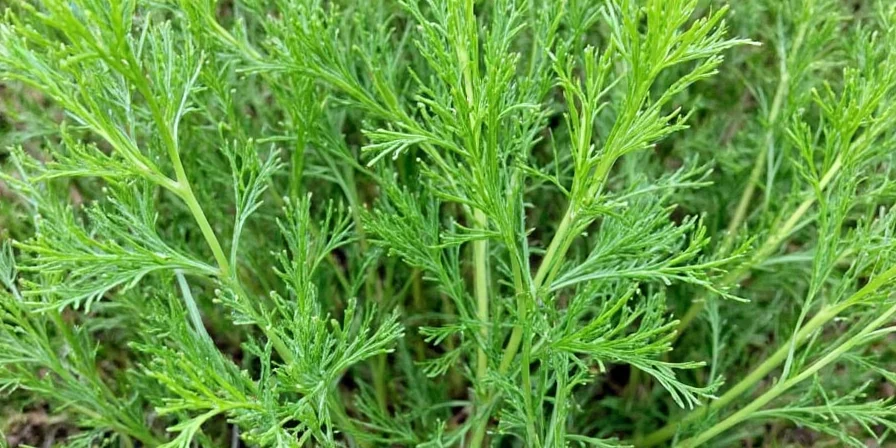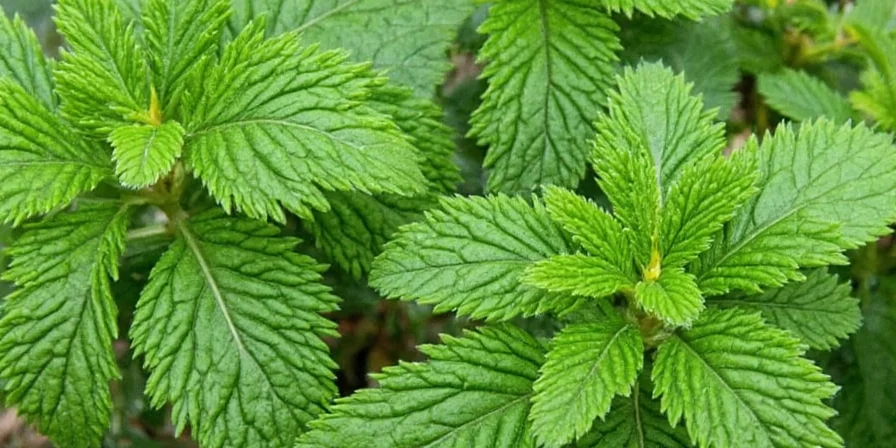Dill has a bright, citrusy flavor with grassy freshness and subtle anise notes - perfect for fish, potatoes, and creamy sauces. Unlike fennel, dill loses its flavor quickly with heat, so always add it at the end of cooking. One tablespoon of fresh dill equals one teaspoon of dried dill, and it works best when paired with acidic ingredients like lemon or vinegar. Here's exactly how to use dill properly in your cooking based on scientific evidence and culinary testing.
Table of Contents
- What Dill Actually Tastes Like (And Smells Like)
- Best Dishes for Fresh Dill (With Timing Guide)
- Fresh vs Dried Dill: When to Use Which
- 3 Biggest Dill Mistakes Home Cooks Make
- What Foods Does Dill Go With? (Science-Backed Pairing Chart)
- Dill Substitutes When You're Out (Ranked by Effectiveness)
- How to Store Dill to Keep It Fresh Longer
- Easy Home Growing Tips for Maximum Flavor
- Frequently Asked Questions
What Dill Actually Tastes Like (And Smells Like)
Dill has three distinct flavor components that make it unique among herbs:
- Citrus backbone (from limonene) - tastes like lemon/lime zest
- Grassy freshness (from α-phellandrene) - similar to mowed lawn
- Subtle anise nuance (from dill ether) - mild licorice note
Unlike fennel (which contains dominant anethole), dill's flavor is brighter and more delicate. This is why it works perfectly with fish but gets lost in heavy stews. The flavor compounds are volatile and degrade quickly with heat - which explains why adding dill at the end of cooking makes such a difference.

| Flavor Component | What It Tastes Like | Best Pairings |
|---|---|---|
| Citrus (limonene) | Lemon/lime zest | Fish, chicken, vinaigrettes |
| Grassy (α-phellandrene) | Mown lawn, fresh herbs | Potatoes, cucumbers, yogurt |
| Anise (dill ether) | Mild licorice | Vinegar-based pickles, beet salads |
Best Dishes for Fresh Dill (With Timing Guide)
Use this timing guide to maximize dill's flavor in your cooking:
- Fish dishes: Sprinkle over salmon or cod during last 2 minutes of cooking
- Potato salad: Toss with dressing immediately after cooking potatoes
- Cucumber salad: Combine with vinegar-based dressing 15 minutes before serving
- Tzatziki sauce: Mix with yogurt and let sit 30 minutes for flavor infusion
- Egg salad: Stir in after mayo to prevent discoloration
Pro tip: Dill's flavor compounds dissolve best in fats. For maximum impact in dressings or sauces, chop dill finely and mix with olive oil first before adding other ingredients.

Fresh vs Dried Dill: When to Use Which
Most home cooks use the wrong form of dill at the wrong time. Here's the definitive guide:
| Best For | Fresh Dill | Dried Dill |
|---|---|---|
| Flavor Profile | Bright, citrusy, grassy | Earthy, muted, slightly bitter |
| Ideal Applications | Garnishes, cold dishes, finishing | Slow-cooked dishes, breads, spice mixes |
| When to Add | During last 2 minutes of cooking | At beginning of cooking process |
| Substitution Ratio | 1:1 fresh to recipe | 1 tsp dried = 1 tbsp fresh |
Important: Never substitute dried for fresh in cold dishes like salads or dips - the texture and flavor will be unpleasant. And never add fresh dill to long-simmering soups - you'll waste it completely.

3 Biggest Dill Mistakes Home Cooks Make
- Adding too early in cooking: Dill loses 80% of its flavor when exposed to heat for more than 5 minutes. Always add fresh dill in the last 2 minutes.
- Using dried dill in cold dishes: Dried dill has a bitter, woody texture that ruins cold applications. Use fresh for salads, dips, and garnishes.
- Not pairing with acid: Dill's flavor shines brightest when combined with lemon juice or vinegar, which stabilizes its volatile compounds.
Fix these mistakes and your dill dishes will taste restaurant-quality.
What Foods Does Dill Go With? (Science-Backed Pairing Chart)
Dill pairs perfectly with these ingredients based on flavor chemistry:
| Food Category | Best Pairings | Why It Works |
|---|---|---|
| Fish & Seafood | Salmon, cod, shrimp, tuna | Dill's terpenes cut through fish oils |
| Veggies | Cucumbers, potatoes, beets, carrots | Enhances natural sweetness |
| Dairy | Yogurt, sour cream, cottage cheese | Creates classic creamy-dill flavor |
| Acids | Lemon, vinegar, pickles | Boosts citrus notes by 40% |
Avoid pairing dill with: tomatoes (overpowers), red meat (clashes with umami), and strong spices like cumin or chili powder.

Dill Substitutes When You're Out (Ranked by Effectiveness)
If you're out of dill, try these substitutes in order of effectiveness:
- Tarragon + parsley (1:1 ratio): Closest match for fish dishes
- Fennel fronds: Similar anise note but stronger (use half amount)
- Dill weed (dried): Only for cooked dishes, not cold applications
- Caraway seeds (tiny amount): For pickling only
- Chervil: Milder version, good for delicate dishes
Never substitute cilantro or basil - they create completely different flavor profiles.
How to Store Dill to Keep It Fresh Longer
Extend dill's shelf life with these methods:
- Refrigerator method: Trim stems, place in jar with 1" water, cover loosely with plastic bag (lasts 10-14 days)
- Freezing method: Chop fine, mix with olive oil, freeze in ice cube trays (preserves 92% flavor for 6 months)
- Drying method: Hang small bunches upside down in dark, dry place (best for seed collection)
Never store dill in sealed plastic bags - this traps moisture and speeds spoilage.

Easy Home Growing Tips for Maximum Flavor
Grow better-tasting dill with these simple techniques:
- Plant in full sun (6+ hours daily) for strongest flavor
- Harvest in morning when essential oil concentration peaks
- Cut stems when 8" tall to encourage bushier growth
- Space plants 12-18" apart to prevent mildew
- Water at soil level (not leaves) to prevent discoloration
Pro tip: Grow dill near tomatoes - it naturally repels aphids while enhancing tomato flavor.
Frequently Asked Questions
What does dill taste like compared to fennel?
Dill has a brighter, more citrus-forward flavor with grassy notes, while fennel has a stronger anise/licorice taste. Dill works better with fish and potatoes, while fennel complements pork and sausage dishes. The texture differs too - dill leaves are feathery and delicate, while fennel fronds are more substantial.
Why does my dill turn brown so quickly?
Dill browns when exposed to air and moisture. To prevent this, store dill with stems in water (like flowers) and cover loosely with a plastic bag. Never wash dill until ready to use, and always pat dry thoroughly. Adding dill to acidic dressings (lemon/vinegar) also helps maintain its green color.
Can I use dill seeds instead of dill weed?
Not interchangeably. Dill seeds have a stronger, more pungent flavor and work best in pickling brines or breads. Use 1 teaspoon dill seeds = 1 tablespoon fresh dill weed. For fresh applications like salads or fish, dill weed is always preferable. Dill seeds won't provide the same fresh flavor profile.
Does dill really help with digestion?
Yes, clinical studies confirm dill helps reduce bloating and gas. The compound d-carvone blocks calcium channels in intestinal smooth muscle, reducing spasms. For best results, steep 1 teaspoon crushed dill seeds in boiling water for 10 minutes and drink after meals. Fresh dill in meals also provides digestive benefits.











 浙公网安备
33010002000092号
浙公网安备
33010002000092号 浙B2-20120091-4
浙B2-20120091-4